3 Manga Sequels That Can Teach Hollywood How To Respect The Original Stories

Over the last decade, it really seems as if Hollywood has run out of ideas and entered a ‘Woke Dark Age’, wherein most major production companies are obsessed with pumping out almost nothing but ideologically-driven and lackluster reboots and sequels.

RELATED: UN Women Accuse Ad For Tawawa On Monday Manga Of Promoting “A Minor Woman As A Male Sexual Target”
To these elitist producer and writers, the idea of getting to build upon previous works is appealing not because they care about a given character or story, but because they believe they can use them to publicly virtue signal their own self-righteousness by ‘modernizing’ and ‘fixing’ material that really does not need to be changed.
However, in removing ‘problematic’ elements of the source material, these yuppies instead just mutilate these beloved series into shells of their former selves.
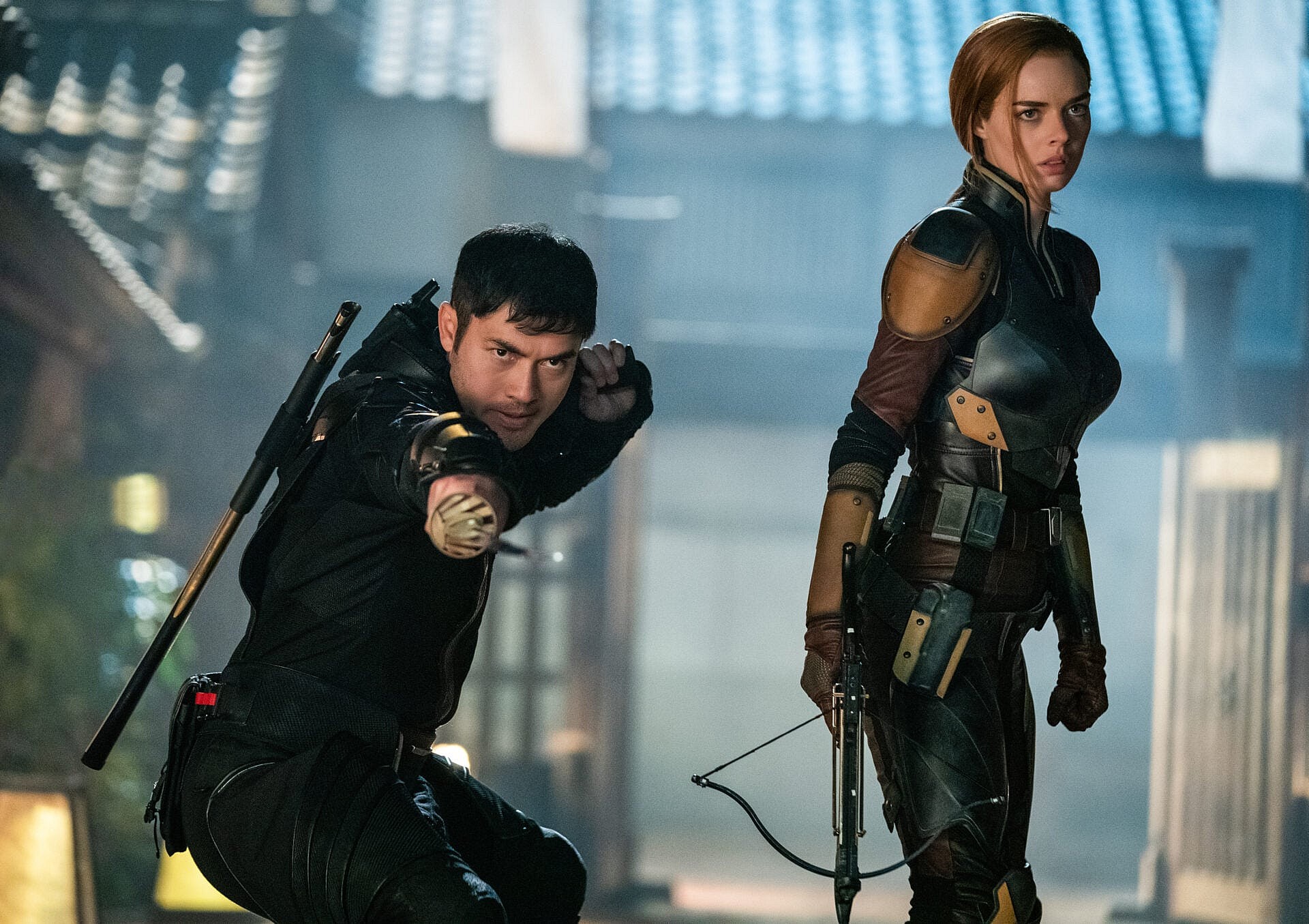
One such example of this – that I bring up as a longtime fan of the series who believes this stands as one of the worst examples of Hollywood’s current bent – is And Just Like That, the widely-panned sequel to Sex and the City.
Taking an already progressive series and going full blown woke, the revival’s production team attempted to pander to LGBTQIA+ fans by not only introducing a new non-binary character, Che Diaz, but shoehorning them in as Miranda’s love interest.
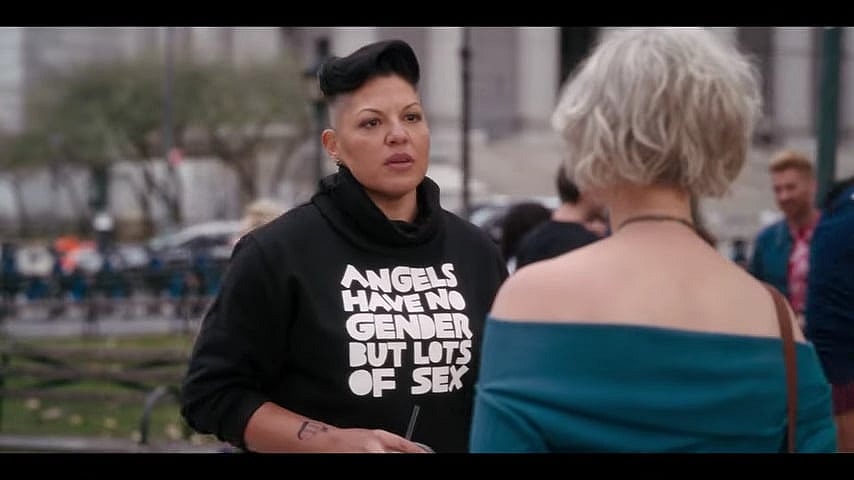
RELATED: Black Clover Drops Shocking Revelation In Last Chapter Before Announcing Pre-Finale Hiatus
Yet, as seen numerous times before, this attempt to pander backfired.
Not only did fans reject Diaz’s character wholesale, but also the series’ overall direction, to the extent that YouTube is now filled with hate reviews and cringe compilations of the series – many of which are centered around Diaz’s character – from former fans.

Where Hollywood and Western entertainment were at one point a hub of creativity, in modern times, it’s become nothing but a laughingstock of recycled ideas and woke messaging.
With manga, however, it’s been the complete opposite.

RELATED: UN Women Accuse Ad For Tawawa On Monday Manga Of Promoting “A Minor Woman As A Male Sexual Target”
Unsurprising given its recent growth in popularity these past few years, there’s been an increase in continuations and sequels to classic series.
Unlike with Hollywood though, sequel manga is actually good and dare I say, in some cases superior to its predecessors.

Below, you’ll find a trio of sequels that not only may have flown under your radar, but also prove that stories made with care and passion are infinitely better than anything produced through Hollywood’s obsession with woke content.
[Note that while I will be avoiding spoilers as much as possible, some may be necessary in making my points. As such, consider this a SPOILER WARNING for my recommendations.]
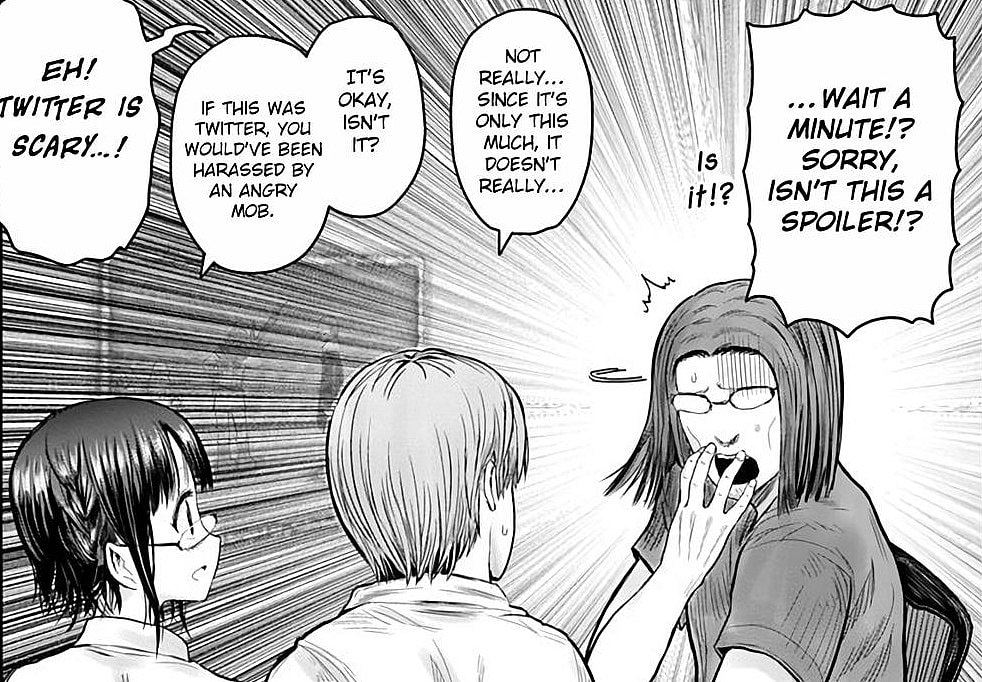
RELATED: Star Wars Composer John Williams To Provide Soundtrack For Ao No Orchestra Anime
Zatch Bell!! 2 (Konjiki no Gash!! 2)
Let’s start off with the new sequel on the block that inspired this article: Zatch Bell!! 2, the sequel to the classic manga by Makoto Raiku.

Serialized in Shogakukan’s Weekly Shonen Sunday from 2001 to 2007, Zatch Bell!! depicts a world where creatures (referred to as Mamodo in the anime and demons in the manga) armed with spell books come to Earth to battle it out and determine the next demon king.
However, despite being armed with mystical powers, said spell books seal away each demons’ power. As such, upon arriving to Earth, each demon must find a compatible human partner who is capable of reading their book and unlocking their power.

As of the time of this article, Zatch Bell!! 2 has thus far only released three chapters, but MY GOD! I was not ready for what I was about to read.
Unlike the aforementioned And Just Like That, where the writers decision to open with the death of one of the series’ key characters was poorly received by audiences, Zatch Bell 2!! surprised its fans the RIGHT way.

I didn’t know what to expect going into Zatch Bell 2!!, but with the ending of the original series ending on a hopeful note with Zatch as the king King of the Demons, I wasn’t expecting the sequel to open with the complete destruction of the demon kingdom.
Raiku further decided to blow our minds with the the first chapter reveal that, except for three survivors, every demon is (allegedly) dead – including Zatch!

Though both events deal with a ‘shocking’ shift to the status quo, there is a stark difference between them.
In And Just Like That – and Hollywood in general – this change was both shallow and done solely for that initial reaction, whereas in Zatch Bell!! 2, Raiku fully committed to implementing his changes into the story and did so in service of a larger narrative rather than Twitter reactions.

Also, as a side note, to prep for the upcoming sequel, I binge read the original manga for the first time. Even though I grew up watching the anime on Toonami, I was not ready for what was I was about to read.
I think the last time I was this traumatized by a classic manga was when I read Saint Seiya. The anime truly does not do this manga justice.
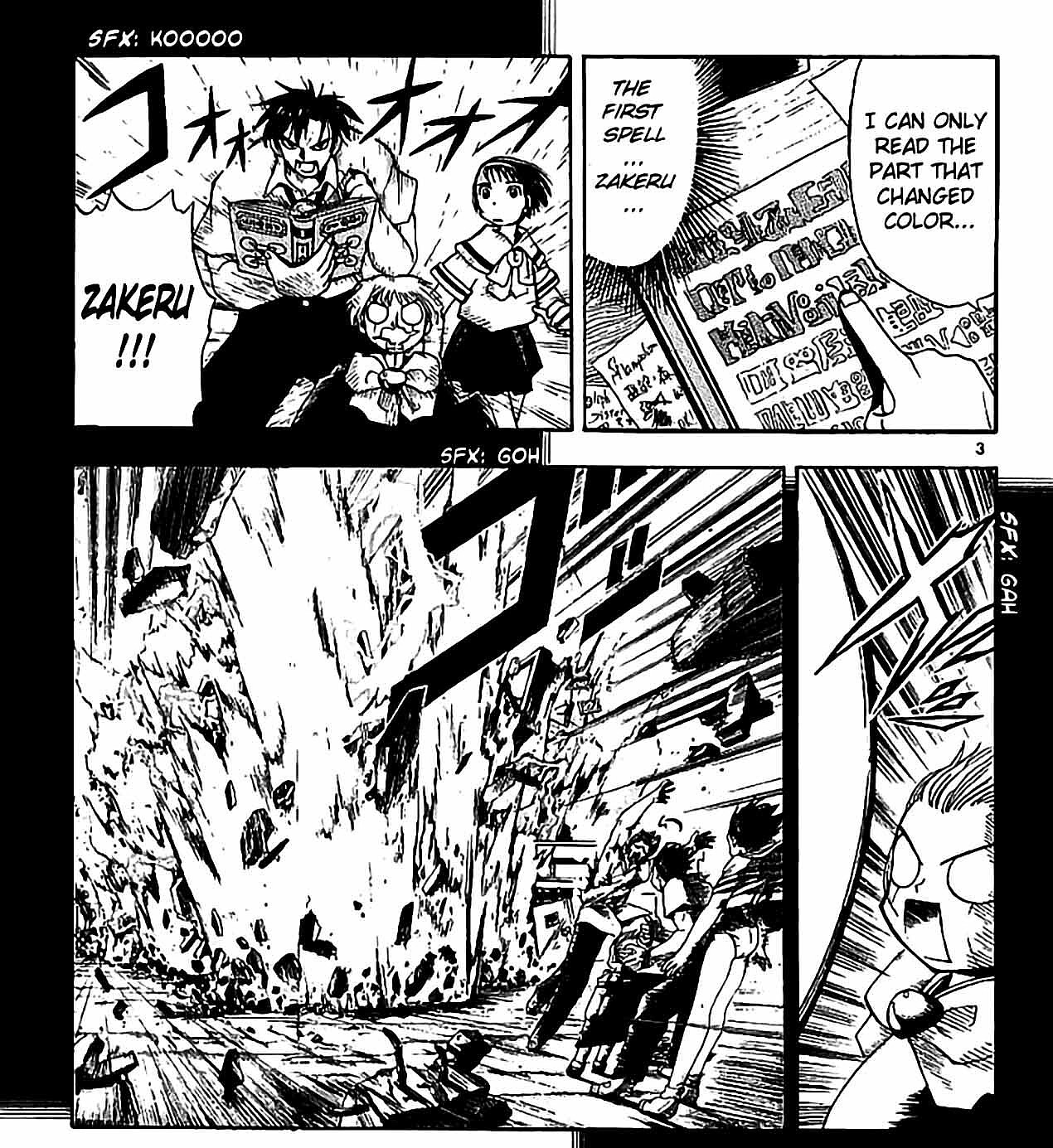
RELATED: Shueisha Continues To Remain Silent Regarding Banned Chapters Of Ayakashi Triangle
Boruto: Naruto the Next Generations
Before you take to the comments or social media to criticize this choice, I want to clarify: Boruto is controversial for all of the wrong reasons.
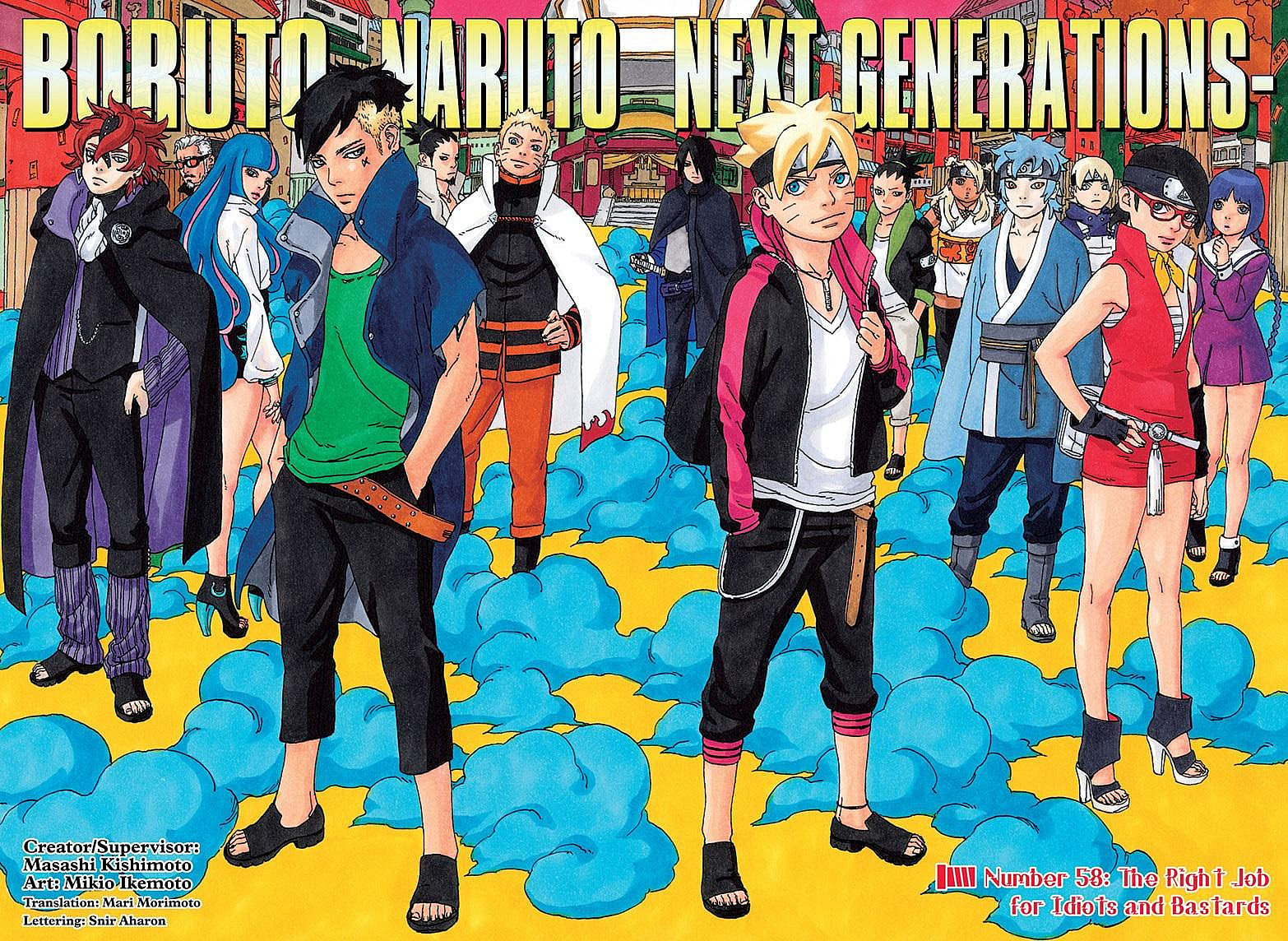
The Boruto manga and the Boruto anime are completely different series, and the fans that typically hate on this series are those who only watched the anime and have never read the manga.
Though the former is stuffed with more filler than Shippuden, the latter is a fantastic sequel to Masahi Kishimoto’s original Naruto.
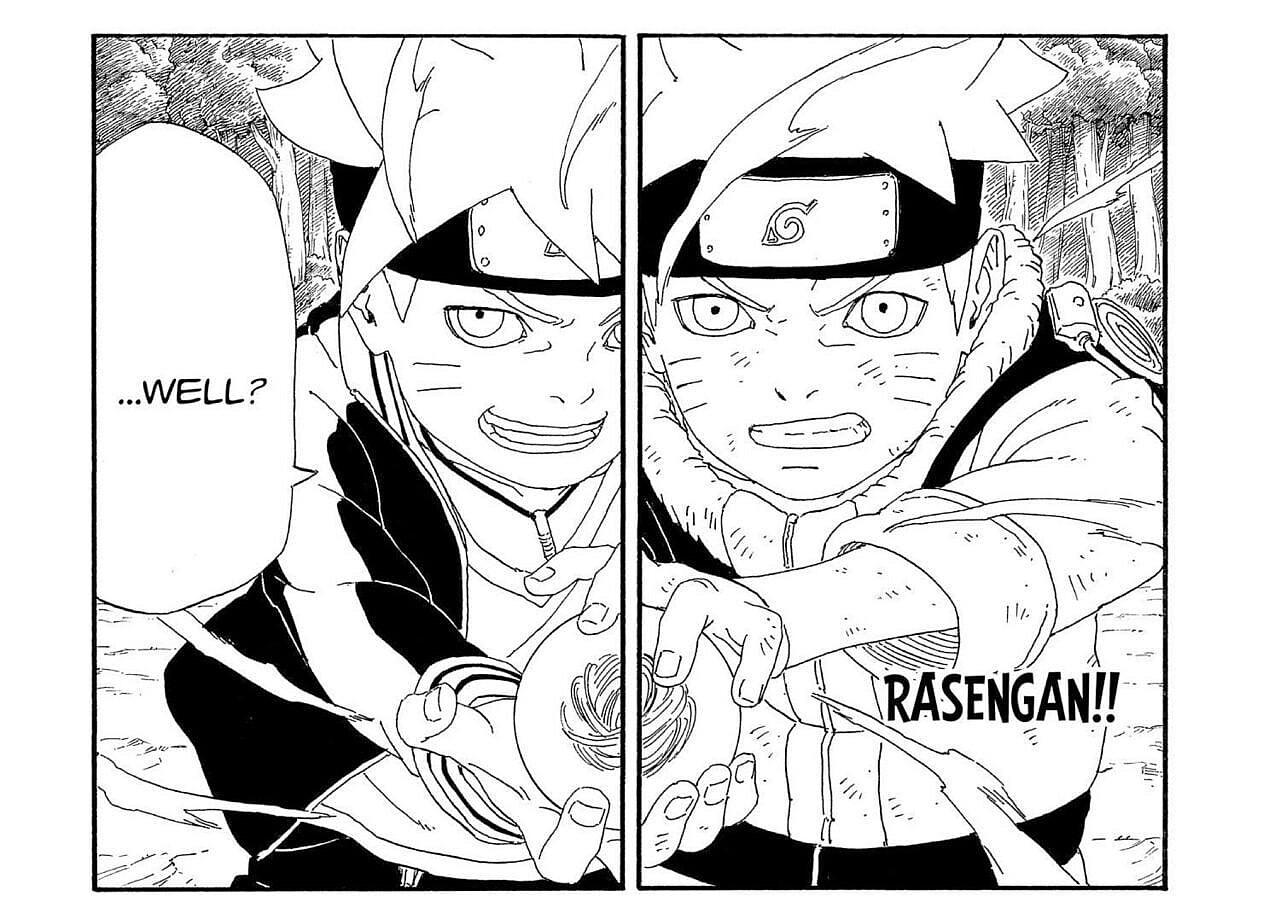
Featuring beautiful art from Mikio Ikemoto, what interesting about the Boruto manga is that up until its fifty-second chapter, the series was written by Ukyo Kodachi under supervision from Kishimoto.
However, on November 15th, 2020, Kodachi announced on his Twitter that he was going to retire and the series’ baton would be passed back in full to Kishimoto.

As such, while the anime is under direction from Studio Pierot’s various team members and explores various Boruto spin-off materials, the manga is fully under control of Kishimoto and sticks exclusively to his vision of the series instead of those of others.

Not only does the production differences between the anime and manga almost perfectly mirror the contrast between Hollywood’s committee driven treatment of various source materials, but the series itself also features something that’s absent from nearly all Western sequels: respect for the original characters.
Even before Kishimoto returned to the series, characters such as Shikamaru, Hinata, and even Iruka were shown to have grown and thrived in accordance with where they were at the conclusion of Naruto, rather than having had their characters ruined in favor of a new protagonist.

Naruto himself was also treated with a respect unseen in the West, being shown to havematured both physically and mentally and now living his dream as the village’s Seventh Hokage – a far cry from the recent treatments give to once prominent heroes such as Luke Skywalker, He-Man, and Jean-Luc Picard.
Ultimately, it’s this continuity- and character-respecting expansion on previous concepts established in the original Naruto manga makes fans really enjoy the Boruto manga.

RELATED: Kentaro Miura’s Final Volume Of Berserk To Be Released This November
Cardcaptor Sakura: Clear Card Arc
Picking up where the original left off, CLAMP’s Cardcaptor Sakura: Clear Card Arc proves that even sequels produced via a committee whose membership has seen a significant shake-up can be successful if handled with sincerity.

Picking up where the original left off, Cardcaptor Sakura: Clear Card Arc opens with Sakura dreaming of a mysterious girl in a cloak.
After their meeting, Sakura awakens to discover that all of her Sakura Cards – the purified versions of the series’ signature cards which she spent the initial series obtaining – are now clear.
Stronger than before and even bearing the newfound ability to create new cards, Sakura sets out to both discover why her cards have changed and secure any new ones she comes across.

Though the original was produced when CLAMP’s all-female creative team held eleven members, Clear Card Arc was made following the depature of seven women since its inception.
And while lead studio writer Nanase Ohkawa helmed both series, the loss of so many from a collaborative effort inevitably lends itself to a change in creative input and direction.
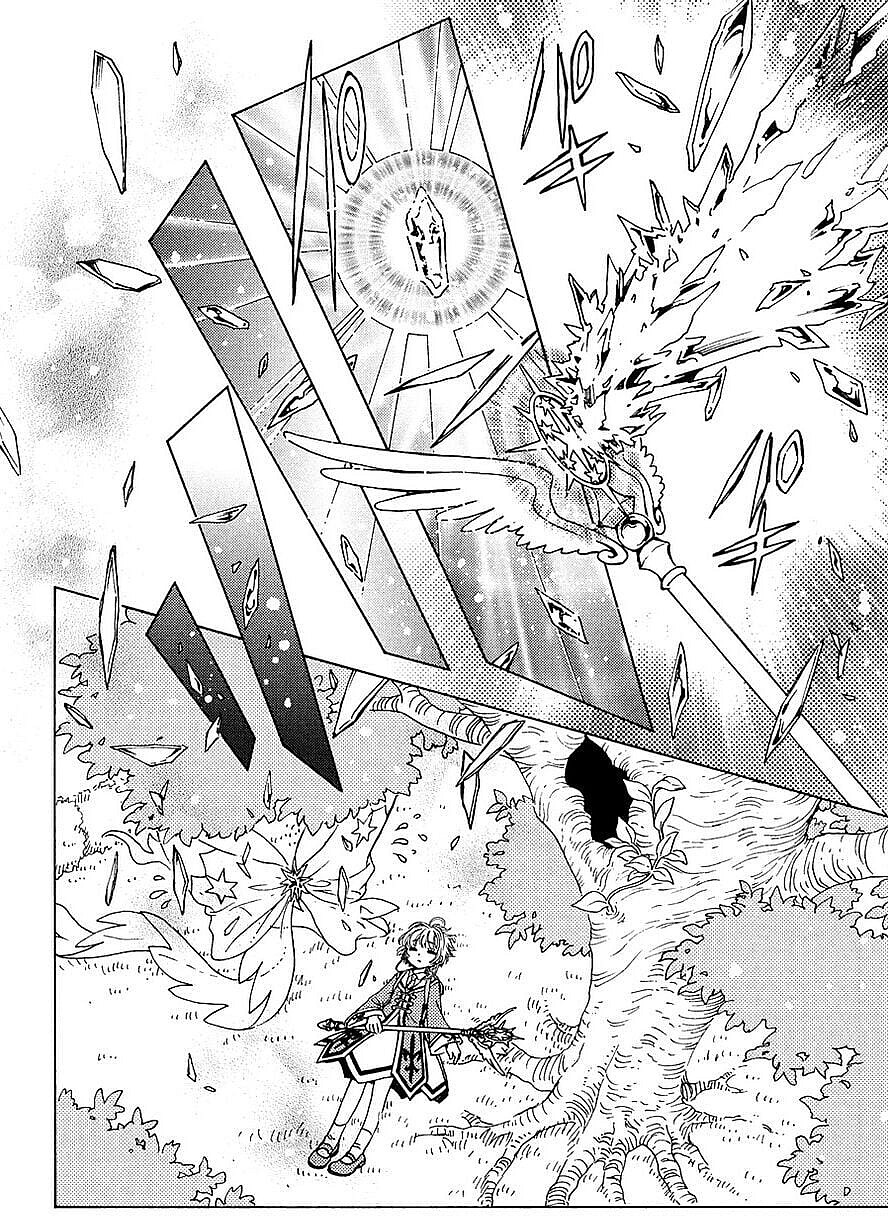
Yet, rather than abandon the spirit of the original in favor of ‘updating the series for modern audiences’, the remaining four members instead produced something that appreciates the series and the fans who invested so much in its story.
Further, another factor in what makes Clear Card Arc such a great sequel is not only in how it logically continues from where the original left off, but also in the fact that Studio CLAMP chose to avoid the standard ‘gender politic’ pitfalls one would expect of Western equivalents.

Though strong and independent all her own, Sakura is not depicted as a Mary-Sue ‘Strong Woman’ who needs no man to take care of her.
Instead, she is shown to enter into a loving relationship with Syaroan Li, but she’s shown to respect his own strength and abilities while still allowing herself to express a healthy worry and concern for his safety during their adventures.

Converse to how Hollywood and the West feel the need to insult and denigrate male characters as a lazy shortcut to forcefully establish the greatness of female characters, Cardcaptor Sakura: Clear Card Arc proves that creative shake-ups and female-centric stories can be handled in a way that avoids being the absolute narrative death of a given franchise.

These three sequels are just a taste of what Japan is offering.
Who needs Folgers when the best part of waking up is witnessing beautiful art and being eager to see where the next chapter of a story might take you? At least, that’s how I feel.

What are your thoughts on these sequels? Have you read the originals? Let us know your thoughts on social media or in the comments down below!
